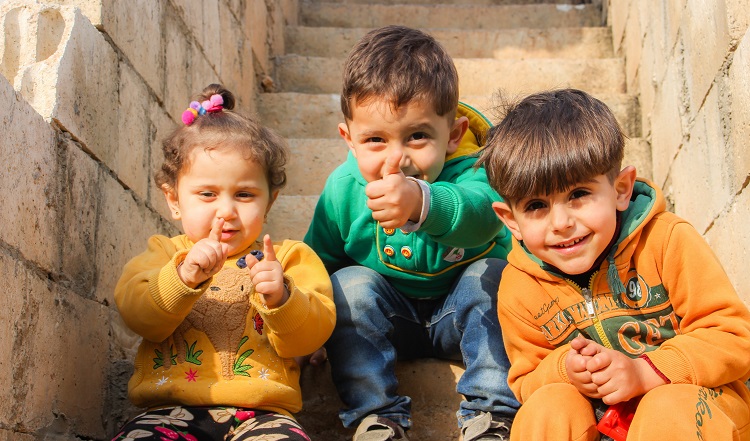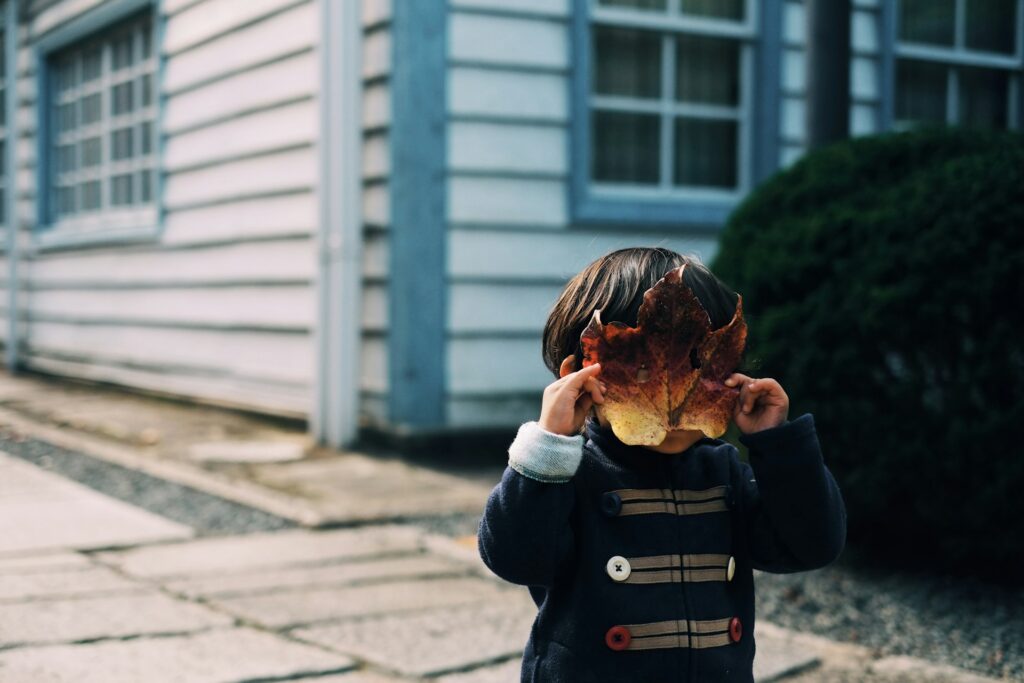A Complete Count Committee sounds like a good idea, but what exactly do they do? A Complete Count Committee is a group of individuals that will work together to build awareness and enthusiasm to participate in the Census, relying in part on their knowledge of the local community and in part on their ability to engage trusted voices. Complete Count Committees can be organized by state or local governments, nonprofits, foundations, or private individuals in communities.
The Committee might :
• Hold Census kickoff meetings with media briefings.
• Host Interfaith breakfasts and weekend events on the importance of the Census and why people should make sure everyone is counted.
• Encourage the use of Statistics in Schools classroom resources (this is a curriculum produced by the Census Bureau and designed to build awareness of the value of the census).
• Incorporate census information in posters, flyers, newsletters, social media posts, podcasts, mailings, and websites.
• Help recruit census workers, particularly from communities that are considered hard to count.
That’s only a sampling of ideas. Many more ideas for activities are in the Census Bureau guide on Complete Count Committees, a great starting point for anyone working to set up a Complete Count Committee. The guide identifies the kinds of participants that should be included, suggests a set of subcommittees that can be useful, and gives examples of activities that state or local committees might undertake, with a timeline.
If we want to count all kids, however, creating a Complete Count Committee is not enough. Child advocates need to make sure that the members of these committees know how many children are at risk of being missed and work to make counting young kids a priority. They need to make sure that committees understand that young children are missed for different reasons than adults, and efforts to count young children need to be different than efforts to count adults.
What are some of the activities that child advocates should encourage and help Complete Count Committees to do?
• Make counting young children a priority.
• Identify areas in the state or community with high numbers of kids at risk of being missed. Since kids are often missed in households that return the Census form, this means going beyond using the Hard to Count maps. Dr. William O’Hare and colleagues are working to develop a better approach to identifying these communities; in addition, child advocates are encouraging both the Census Bureau and the CUNY Hard to Count map project to add features to help find these kids.
• Identify the characteristics of these families in their communities, so they can target their outreach.
• Bring in all allies that have the ability to reach families with young kids, including: child care providers, schools, doctors, hospitals, faith leaders, home visiting programs, community centers and libraries. Businesses that serve families with young children, or produce products that young children need are also good allies.
• Develop and use messages that will persuade families to include their young kids on the form. The Count All Kids Campaign will be conducting messaging research, sharing the results, and developing materials you can download and use. You may want to create additional materials that fit your community best.
• Set up activities and events that will get the attention of families with young children.
• Share materials educating parents through networks that serve families with young children.
These are just starting points, of course. Complete Count Committees can and should be creative about ways to persuade families with young children to return their form and include their children Because when children are counted, communities win!
___
Deborah Stein is the Network Director of the Partnership for America’s Children.








